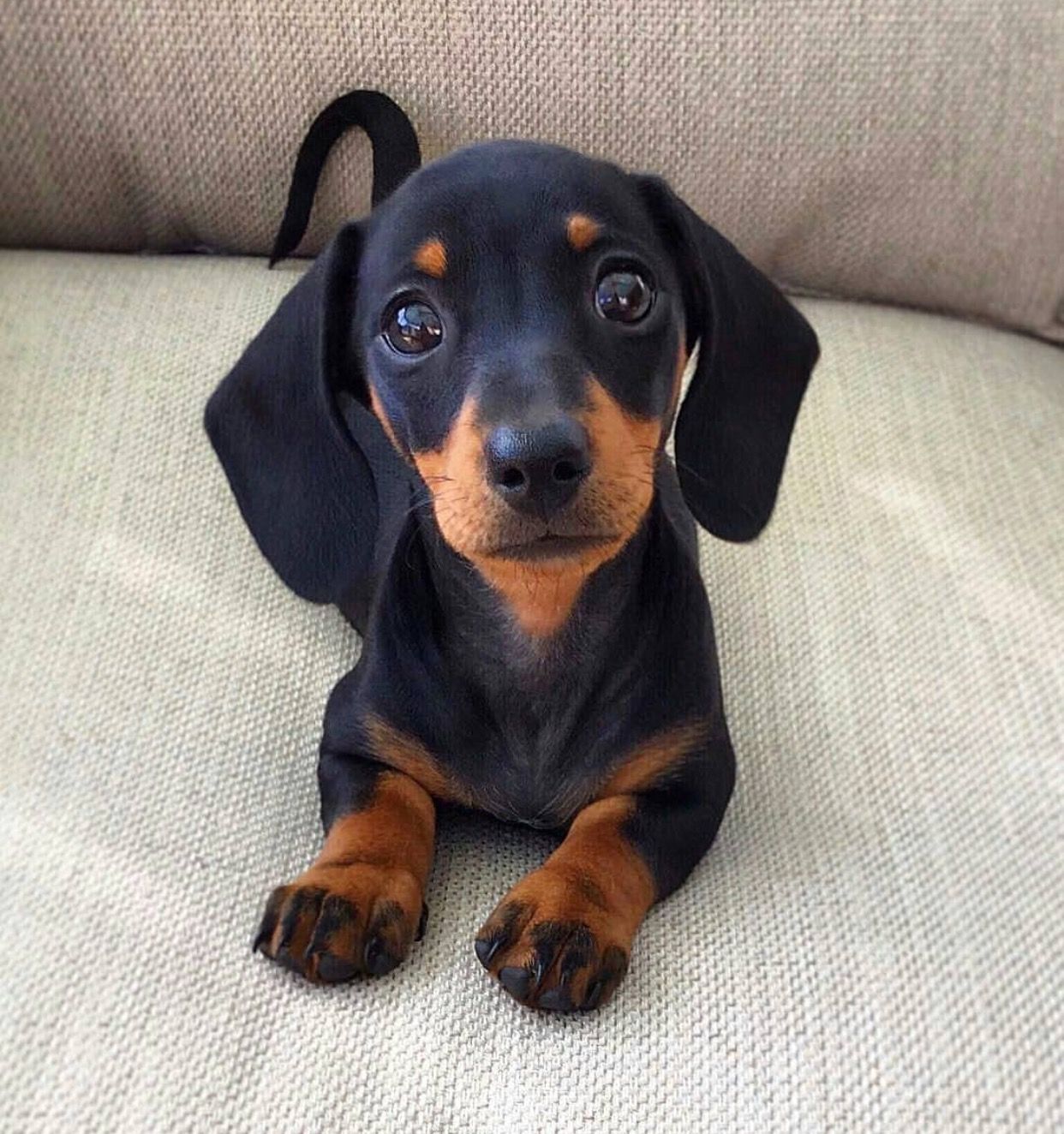Puppy Teething Timeline
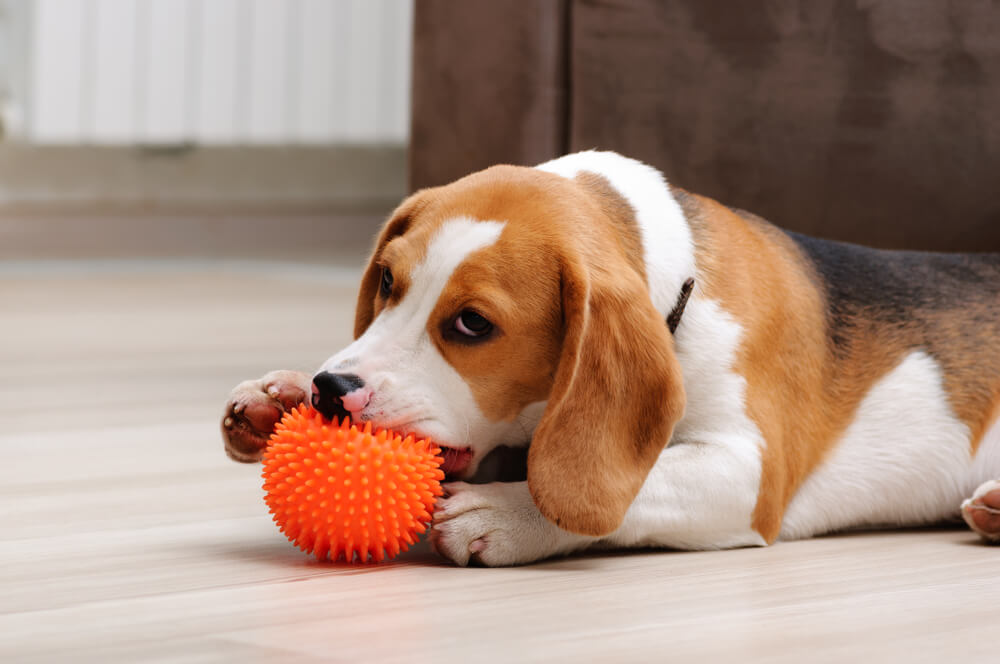
Table of Contents
Listen To The Article
Introduction to Puppy Teething Timeline
Like human babies, puppies are born with no teeth their first set of baby teeth, or milk teeth, grow between 3 and 4 weeks of age.
When your puppy is around 4-5 months old, these teeth will fall out to make room for their permanent set of adult teeth.
By 5-7 months, all the adult teeth will be present. It is important to note this can vary depending on the breed.
This means that puppies experience teething twice, once for their milk teeth and again with their adult teeth.
While teething is generally not a painful process for your puppy, they may experience some discomfort in their jaw at this time.
The best way to help them alleviate this is to provide your puppy with specifically designed soft chew toys.
This will also prevent unwanted chewing of other objects around the house.
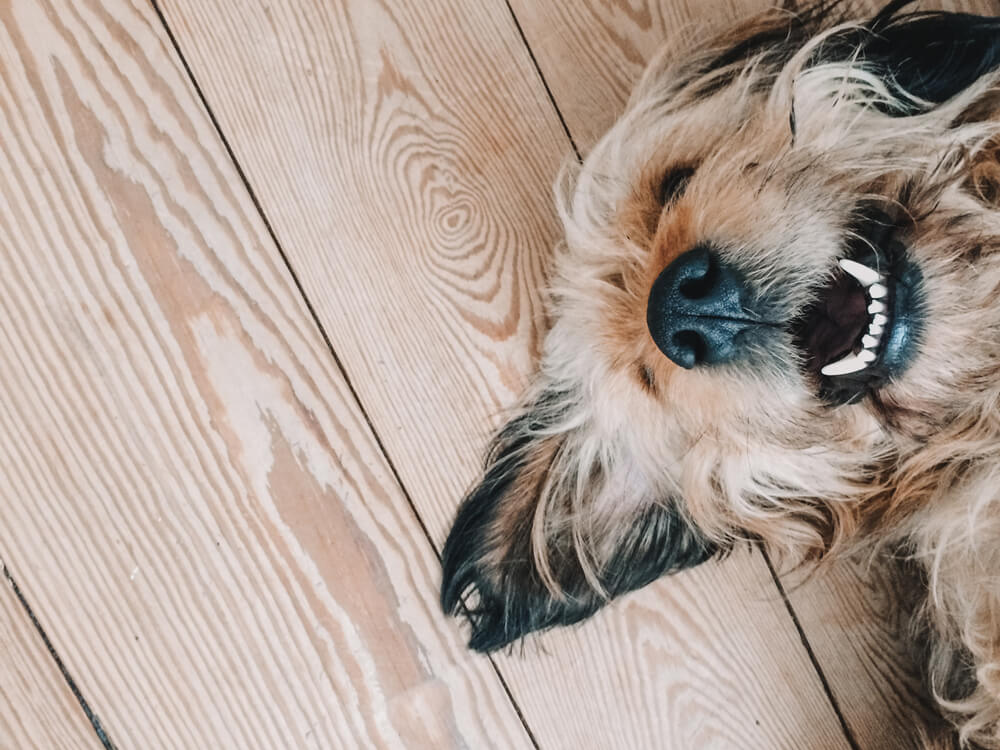
How Many Teeth Do Puppies Have?
Like human babies, puppies are born without teeth and, like human babies, the first set of deciduous baby teeth are lost during infancy, these are replaced by bigger, stronger grown-up teeth.
Baby teeth don’t include molars.
Puppies have 28 deciduous teeth also known as primary, baby, or milk teeth.
Adult dogs have 42 permanent teeth, also known as secondary teeth.
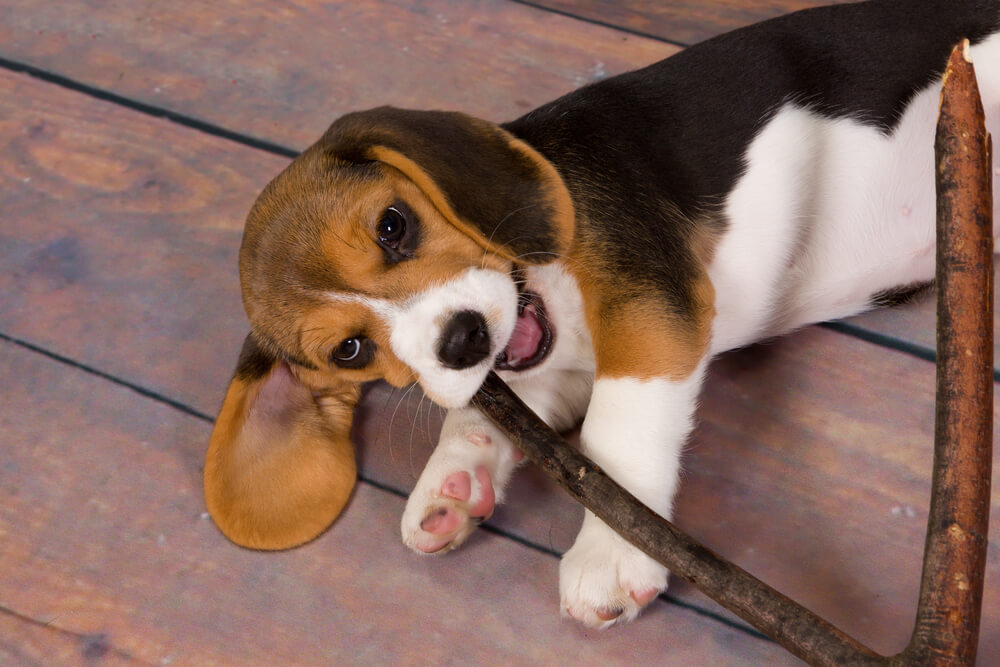
Signs Your Puppy Is Teething
But how can you be sure she’s teething?
What if it’s actually a behavioral problem causing her to chew on everything?
Here are some of the most common puppy teething signs so you can learn to recognize them early on.
- Red, inflamed gums
- Drooling and offensive breath
- Increased chewing behavior – chewing is the most obvious sign that your puppy is teething and you can help them by providing them with a safe chew toy and discouraging biting
- Bleeding gums – a small amount of bleeding from the gums is normal and you may find specks of blood on your puppy’s favorite chew toy
- Missing teeth – you may find these on the floor but it is also common and safe for your puppy tooth to swallow these as they fall out
- Decreased appetite – puppies may eat slower or less as it causes them discomfort
- Puppy in lower mood than usual – some puppies may whine and fuss or be more irritable than usual
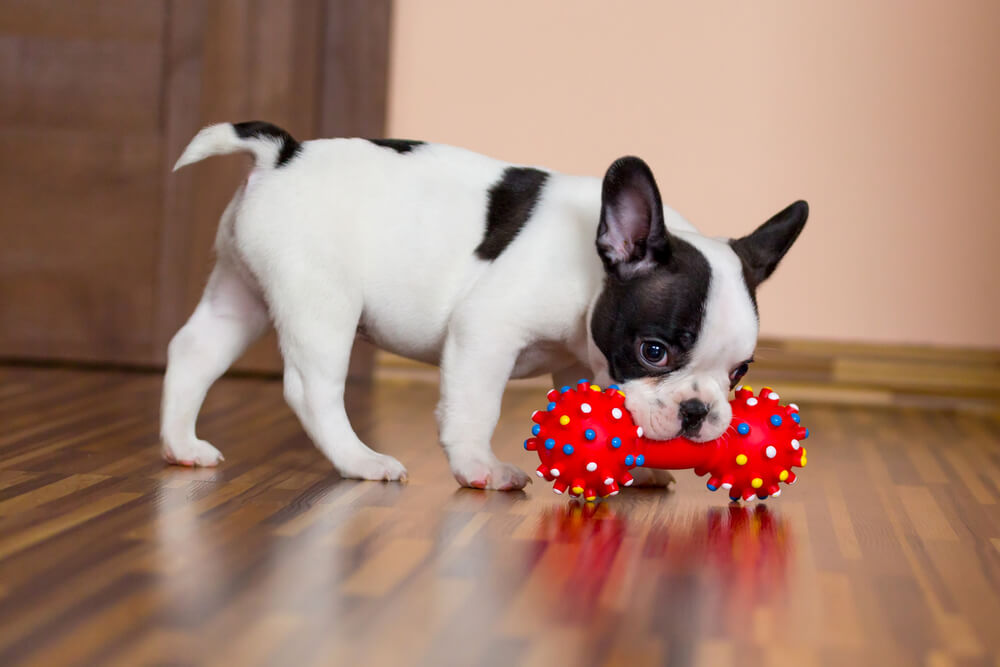
How Long Do Puppies Teethe?
Puppy teething is a months-long process.
It starts when puppies are around 2 weeks old and their first puppy baby tooth starts to come in and usually end at around 8 months of age when all the adult teeth have fully erupted.
During this time, puppies will need to chew on appropriate items to relieve the discomfort associated with the teething stage.
The chewing during a puppy’s teething period is also a way for them to explore their environment and relieve boredom.

Puppy Teething Timeline
Whether this is your first dog or it’s been a long time since you’ve owned a puppy, there’s a lot to learn about what to expect and how to handle certain changes in your dog as he ages.
Yes, puppies have baby teeth that fall out, just like human babies!
Your puppy is teething, the same way that human babies and children grow new teeth during their development.
Like a human, your pup first grows a set of baby teeth also called primary or deciduous, meaning they fall out.
These teeth are pointed and sharp, which is why they are sometimes referred to as needle teeth.
Dogs have 28 deciduous teeth and end up with 42 permanent teeth. You may find deciduous on the floor, but more likely, your puppy will harmlessly swallow the teeth while he is eating.
It is not unusual for some bleeding to occur when the teeth fall or are falling out, but the amount is minuscule and owners usually notice it only if there is some mild red staining on a chew toy.
Weeks 2 to 4:
Your puppy will still be with his mother and breeder when his baby teeth start coming in at this point, his eyes will have opened and he’ll still be nursing.
Weeks 5 to 6:
By now all of your puppy’s baby teeth should have come in.
Dogs usually have about 28 baby teeth total.
Around this time, the breeder will likely have already or will be in the process of weaning the puppies in the litter as they learn to eat moist, soft puppy food.
Weeks 12 to 16:
This is around the time you’ll get to take your puppy home with you.
This is also the time when may start to find little crumb- to rice-sized teeth around your home as your puppy’s baby teeth start to shed and permanent adult teeth emerge.
Anyone who has ever cared for a teething baby knows this process is painful! You should offer your puppy safe chew toys, like a Kong or Treat Pod toy, at this point in his development.
Also, ask your vet to check your puppy’s mouth to make sure everything is moving along as it should.
This period is also important for socialization that is, getting your puppy used to new experiences in a low-stress situation.
There’s a lot involved in this process, but since we’re on the topic of teeth here, this is a good time to start touching your puppy’s mouth, outside and in.
By doing this, you’ll be setting your puppy up to be able to enjoy getting his teeth brushed.
6 Months and Older:
By the time, your puppy is about six months old or so, all of his puppy teeth should have fallen out, and his adult teeth should have grown in.
In general, adults dogs have about 42 teeth.
If you notice any baby teeth remaining, make sure to let your veterinarian know as they may need to be removed.
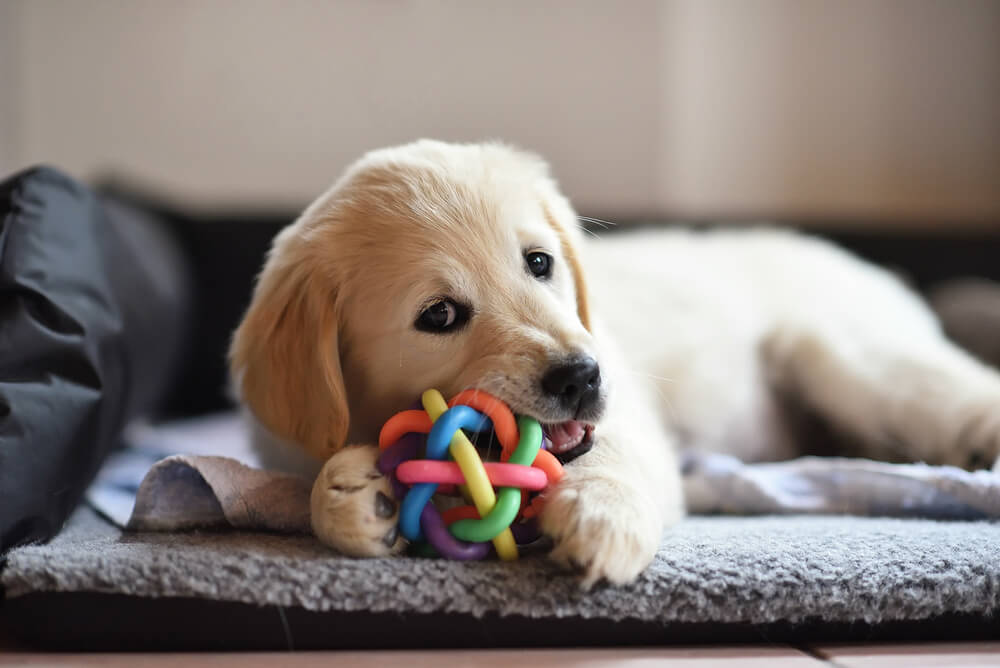
What Are Acceptable Chew Toys,
And Should Be Avoided?
Dogs tend to chew nearly everything, nearly everything has been found to cause problems.
This goes for rawhides, pigs’ ears, or other parts of animals given to dogs to chew, bones, synthetic toys, tennis balls, etc.
Some of these objects have caused gastrointestinal blockages or intestinal punctures, which often require surgery and can be life-threatening; others have blocked the throat, causing dogs to asphyxiate.
Consider that millions of dogs have been chewing millions of objects for years, most without incident. So while the risk does appear to be low, as with most activities, it cannot be eliminated.
Watch your puppy when he begins chewing and talk to your veterinarian about which chew toys are the safest for your puppy.
It is important to supervise your puppy even when he is chewing on recommended toys as no toy is 100% safe.
Bear in mind that some objects that are safe from the point of view of ingestion or inhalation, may still not be very good for your dog’s teeth.
Most veterinary dentists recommend against allowing puppies and older dogs to chew anything hard.
That would include objects made of nylon, as well as bones and antlers.
“Don’t let your dog chew anything that won’t bend.”
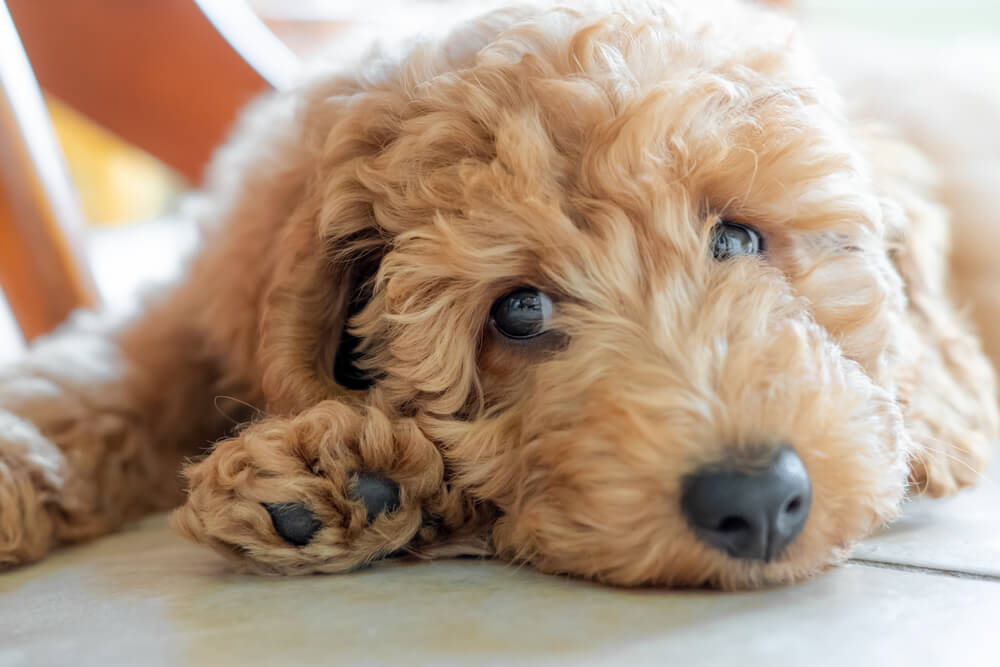
When Will My Dog’s Baby Teeth Fall Out?
Letting the baby teeth fall out on their own, and advise against trying to pull loose teeth out.
The teeth have very long roots and pulling a tooth can break a root, leaving part behind and leading to an infection.
However, something does need to be done in cases of retained deciduous teeth, where the permanent tooth is coming up in the same space that a baby tooth is still occupying.
If the baby tooth remains in place while the adult tooth is coming in, this causes a disruption in the location of the adult tooth, causing an occlusion problem (a bad bite).
We also see periodontal disease which occurs very quickly when there is crowding.
When a retained deciduous tooth is present, you should schedule an appointment with your veterinarian to have the baby’s tooth removed.
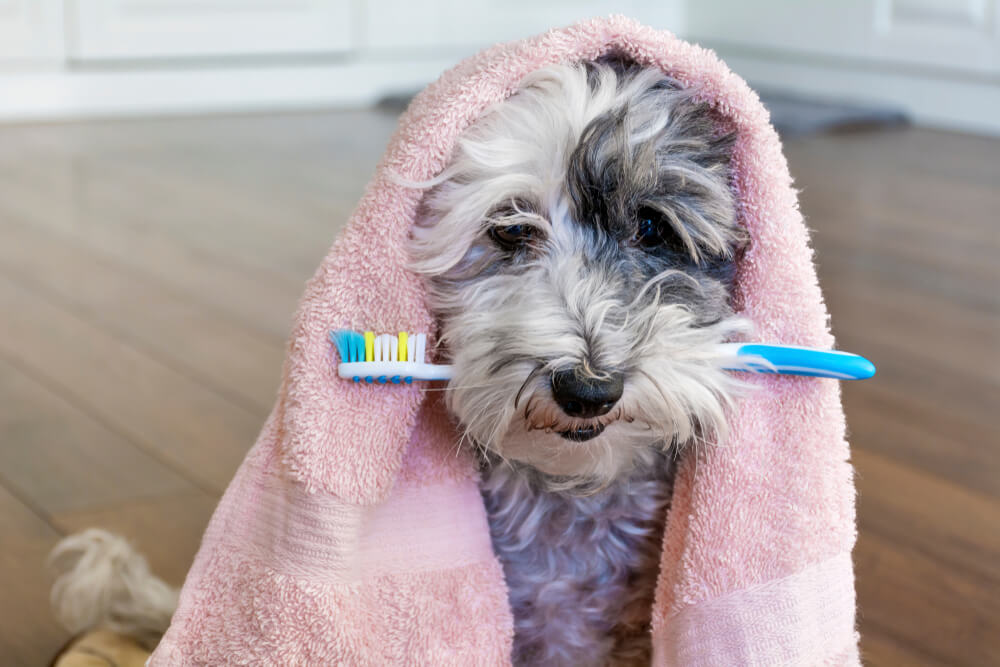
When To Schedule A Dental Checkup
This is the point at which your veterinarian will talk about the dental issues your dog may be facing and discuss a treatment plan.
Generally, most dogs will need oral exams, cleanings, and dental X-rays about once a year, starting at about 6 months of age.
Crooked Teeth
This can be caused by two teeth coming in at one spot, or if a baby tooth has not fallen out when the adult tooth is emerging.
This may be evident during their vaccination checkups.
Jaw Misalignment
For some breeds with short muzzles, a slight underbite is normal, however, if your puppy is showing signs of a strong underbite or overbite, vet intervention may be required to correct chewing and eating issues in the future these conditions are best treated early.
Bad Breath
This is not normal in dogs and may indicate that your puppy has a low-grade infection.
Broken or Cracked Teeth
If a tooth has broken below the puppy’s gums line and the nerve is exposed, your puppy will be in discomfort and may develop an infection.
Bleeding and swollen or sore gums.
This may be a sign of the teething process.
Tartar Build-up
While tartar build-up is uncommon in a puppy’s teeth, it occasionally does happen. Implement a dental routine while your puppy is young to avoid dental diseases in the future.
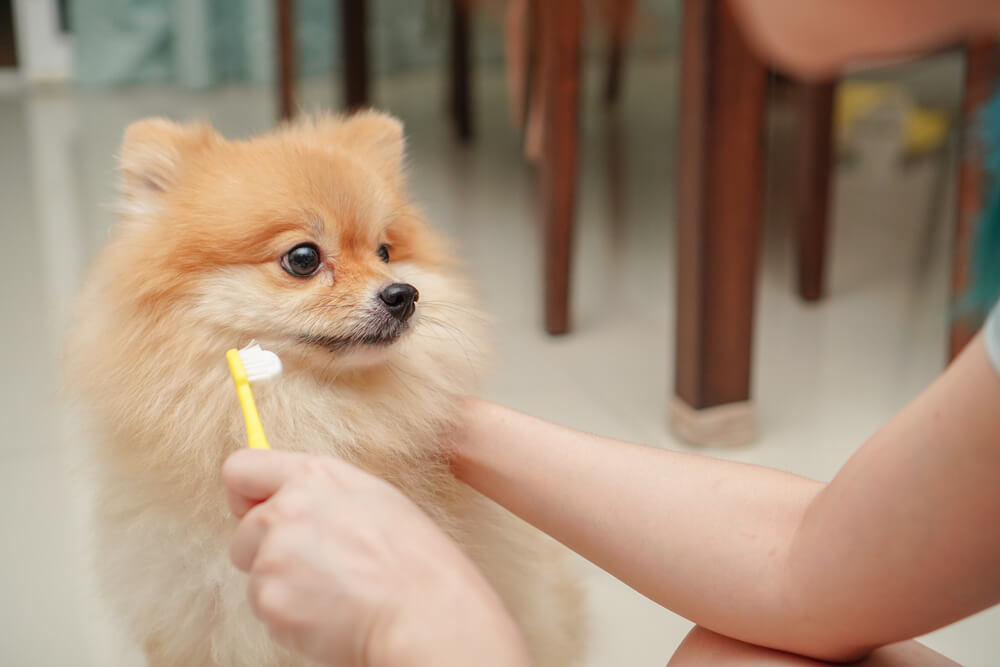
Keeping The Teeth Healthy
Now that your puppy has a full mouth of pearly white chompers, your job is to keep them that way.
Dogs don’t have the sense to use their tongue to dislodge chewed food from their teeth-that combined with a plaque in the mouth can lead to a dog with stinky breath if periodontal disease occurs, serious medical problems.
By brushing your pup’s teeth regularly, you can prevent or decrease the need for veterinary cleanings, which usually require anesthetizing the dog.
Begin by gently scrubbing the pup’s teeth with a finger brush or gauze pad.
Later you can graduate to a toothbrush and canine toothpaste.
Toothbrushes should be soft, and toothpaste must be formulated for a dog’s system.
Toothpaste made for people can cause an upset stomach if your pup swallows it.
Teeth can also be cleaned with a paste made of baking soda and water.
Also, certain foods treat, and other products are available to help reduce plaque.



